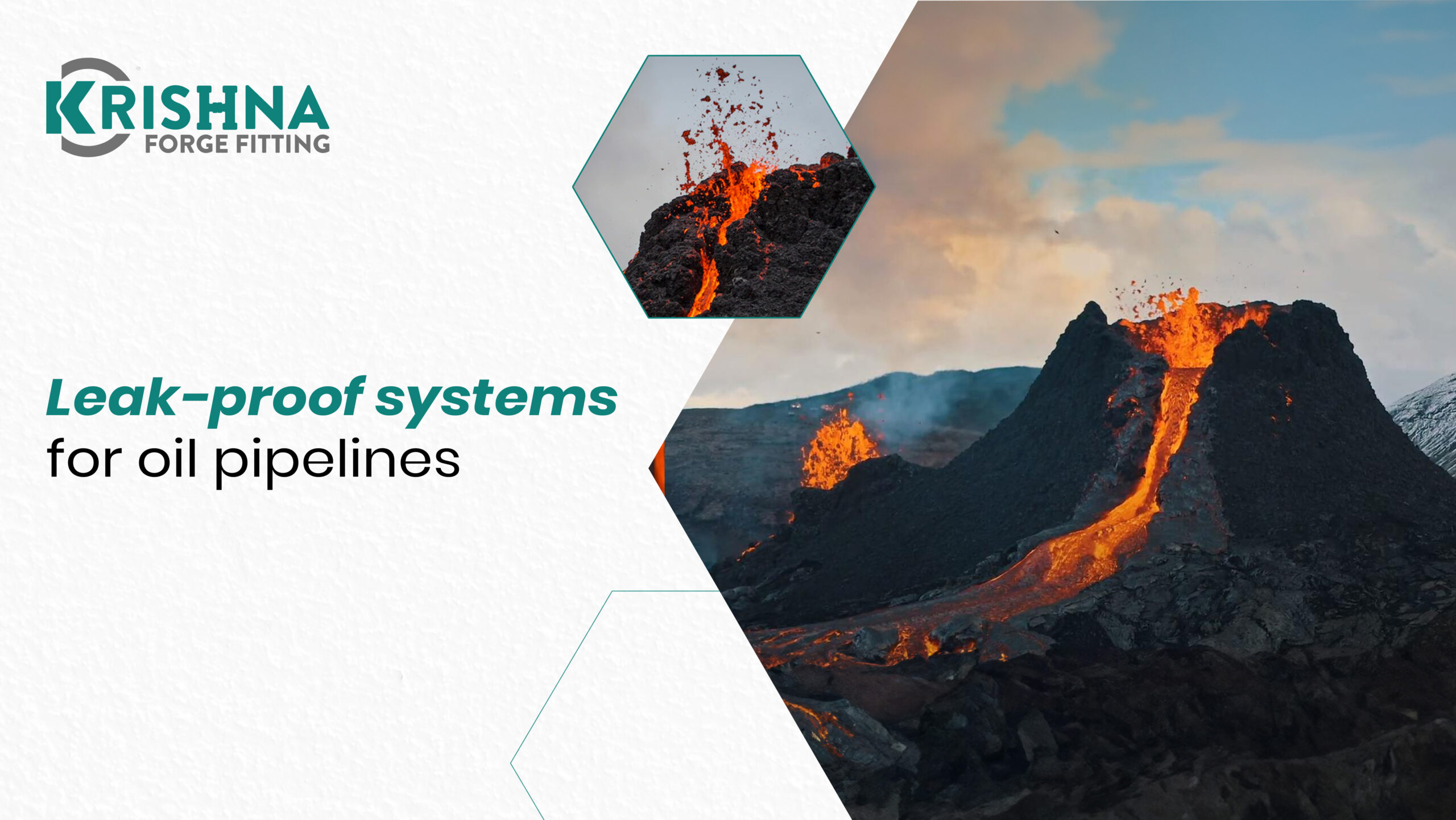In the vast and intricate world of the oil and gas industry, the integrity of pipelines is paramount. Pipeline leaks not only pose significant environmental risks but also threaten economic stability and public safety. As we delve into the realm of leak-proof systems for oil pipelines, it is essential to understand the importance of these systems in preventing catastrophic failures and ensuring the smooth operation of this critical infrastructure.
Understanding Pipeline Leaks
Common Causes of Pipeline Leaks
Pipeline leaks can stem from several factors, each presenting unique challenges. Environmental conditions like earthquakes, soil erosion, and extreme weather can compromise pipeline integrity. Additionally, human activities like construction or vandalism can lead to accidental damage. The oil & gas industry faces various problems, such as leakage of oil and gas pipelines, highlighting the urgent need for effective monitoring solutions.
Consequences of Pipeline Leaks
The repercussions of pipeline leaks are far-reaching. Environmental damage can devastate local ecosystems, while economic losses can run into millions due to cleanup costs, regulatory fines, and loss of product. Furthermore, public trust in oil and gas companies can erode rapidly following a leak incident. Thus, implementing robust leak detection systems is not just a regulatory requirement but a moral imperative for industry stakeholders.
Types of Leak Detection Systems
Hardware-based Techniques
Hardware-based leak detection techniques involve deploying physical devices along pipelines to monitor for leaks. These methods include:
Acoustic Sensors: These devices detect sound waves generated by leaks.
Infrared Thermography: This technique identifies temperature anomalies that may indicate a leak.
Ground Penetrating Radar (GPR): GPR helps map underground pipelines and detect irregularities.
Some hardware components like sensors are deployed for leakage detection, demonstrating the effectiveness of these methods in real-world applications.
Software-based Techniques
Software-based techniques leverage analytical tools to monitor pipeline performance. These include:
Statistical Volume Balance Methods: By analyzing flow data for discrepancies, these methods can identify potential leaks.
Machine Learning Algorithms: These advanced techniques utilize historical data to predict potential leaks based on patterns and trends.
Software-based schemes can be further fine-tuned with the help of intelligent machine-learning approaches, showcasing the synergy between software and hardware solutions.
Intelligent-based Techniques
Intelligent-based techniques utilize predictive algorithms to forecast potential leaks before they occur. This category includes:
AI and Deep Learning: These technologies enhance predictive maintenance capabilities and enable real-time monitoring.
Hybrid Systems: Combining multiple technologies increases accuracy and reliability in leak detection.
The collaboration of hardware and software-based techniques may result in better hardware handling and reporting,” emphasizing the importance of an integrated approach.
Innovations in Leak Detection Technologies
Fiber-optic Sensing Technology
One groundbreaking innovation in leak detection is fiber-optic sensing technology. This method employs distributed temperature optical fiber sensors that continuously monitor pipelines for temperature changes indicative of leaks. The DTSX leak detection application captures changes in the surface temperature of the pipeline in 1-meter units at least every 10 seconds allowing for immediate detection of even minor leaks.
Emerging Technologies
The integration of drones and surveillance systems offers new frontiers in pipeline monitoring. Drones with advanced imaging technology can quickly cover vast areas, providing real-time data on pipeline conditions. Furthermore, IoT devices enhance data collection capabilities, enabling operators to respond swiftly to potential leaks.
Best Practices for Implementing Leak-proof Systems
Design Considerations
When designing leak detection systems, it is crucial to consider various factors such as environmental conditions, pipeline materials, and operational parameters. The geological conditions of buried pipelines… require improvement, highlighting the need for customized solutions based on local contexts.
Regular Maintenance and Updates
Routine checks and system calibrations are vital for maintaining reliability. As technology evolves, staying updated with the latest advancements ensures that operators can effectively mitigate risks associated with pipeline leaks.
Conclusion
The future of leak-proof systems in oil pipelines is bright as technological advancements continue to reshape the landscape. Trends toward smarter, more integrated systems promise enhanced safety and efficiency in pipeline operations.
As industry stakeholders navigate this evolving terrain, it is imperative to invest in advanced leak detection technologies that prioritize sustainability and safety. By fostering a culture of proactive monitoring and continuous improvement, we can safeguard our environment while ensuring the reliable delivery of essential resources.



